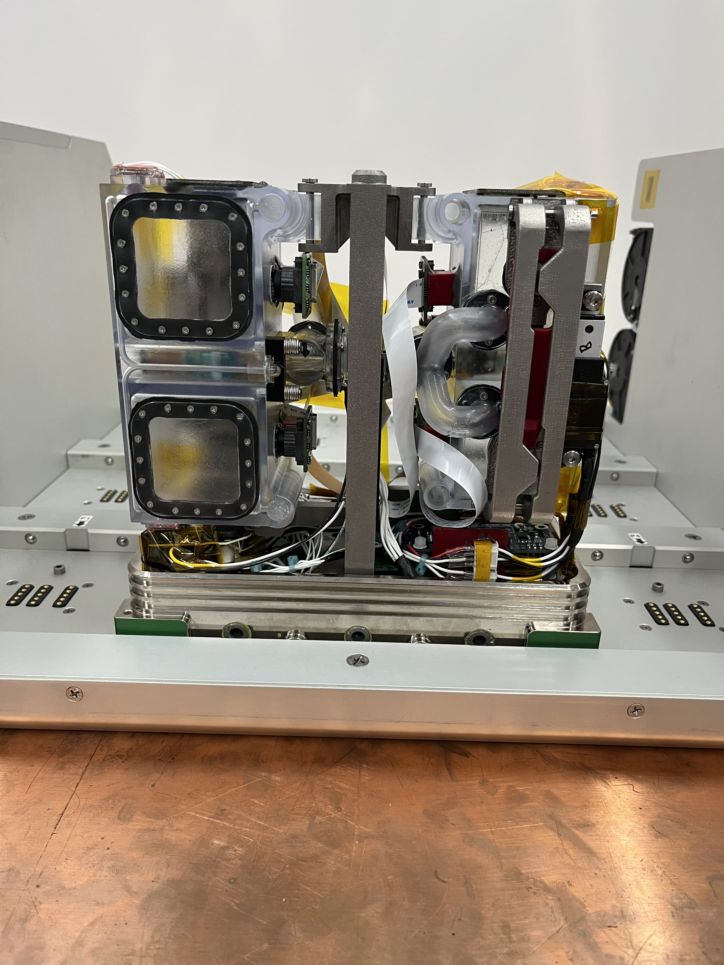The Axiom Space Ax-2 mission arrived at the International Space Station on Monday, May 22 at 9:12 am ET, carrying four astronauts and a wealth of exciting scientific experiments.
One of these experiments will focus on cloud seeding, a process that artificially generates rain by introducing particles such as silver iodide (AgI) crystals into clouds. Nanoracks is collaborating with the Saudi Space Commission and Dr. Ashraf Farahat of King Fahd University of Petroleum & Minerals (KFUPM) on Cloud Seeding in Microgravity.
This Nanolab experiment has been designed, built, and integrated by Nanoracks to investigate the fundamental principles necessary for evaluating the potential use of cloud seeding in low-gravity environments. For the first time in space, cloud seeding will be examined under microgravity conditions. Moist air and AgI crystals will be mixed in a reaction chamber to explore the possibility of nucleation, wherein water vapor condenses on AgI crystals to form water droplets. The outcome of this experiment will contribute to the development of weather control technology for generating artificial rain in future human settlements on the Moon and Mars.

Nanolabs are low-cost, standardized, miniature hardware that enables customers to focus on research rather than building new hardware for each mission. Nanoracks provides support for these missions throughout operations and data recovery.
In addition, Nanoracks has collaborated with its sister company, DreamUp, to deliver three custom DreamKits and an education program for Saudi Arabia, in coordination with the Saudi Space Commission on the Ax-2 mission. For more information about this project, you can visit DreamUp’s blog.












 Copyright 2023 All rights reserved.
Copyright 2023 All rights reserved.